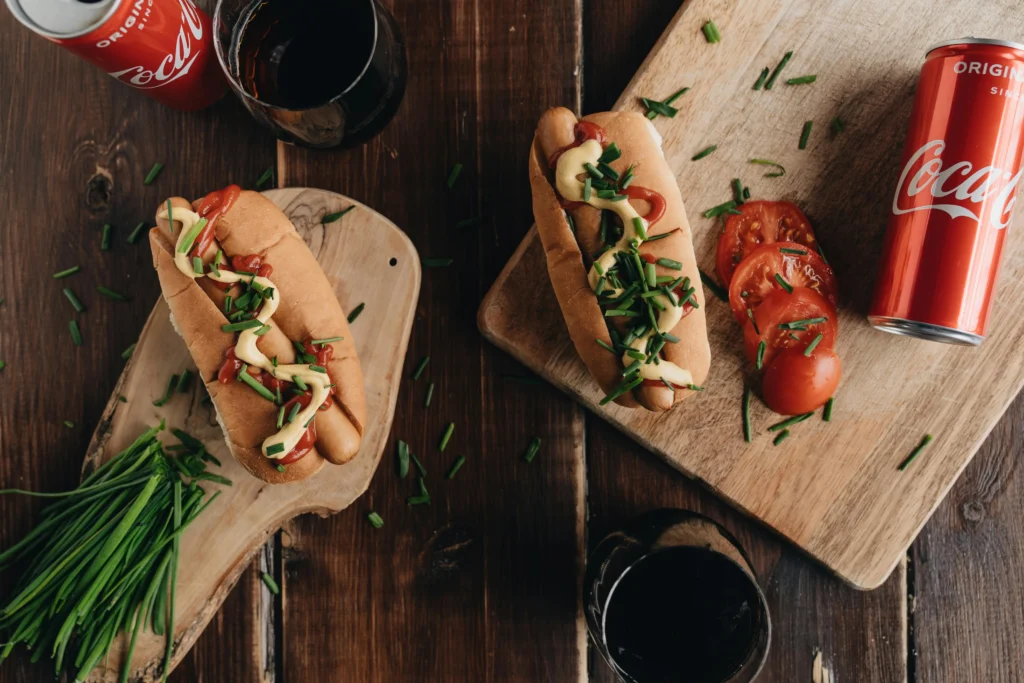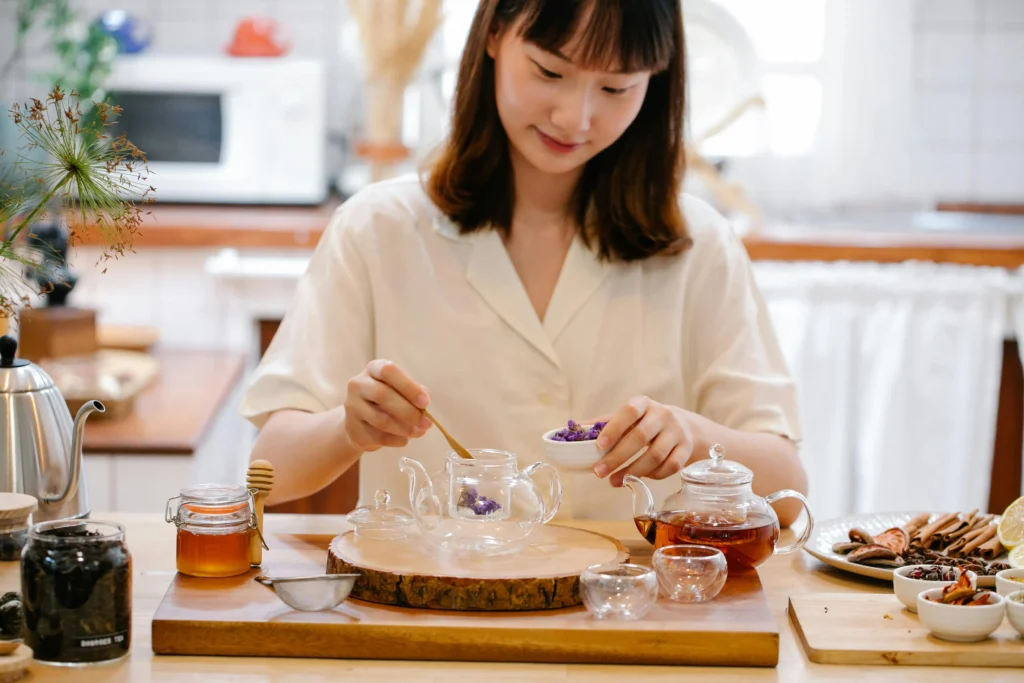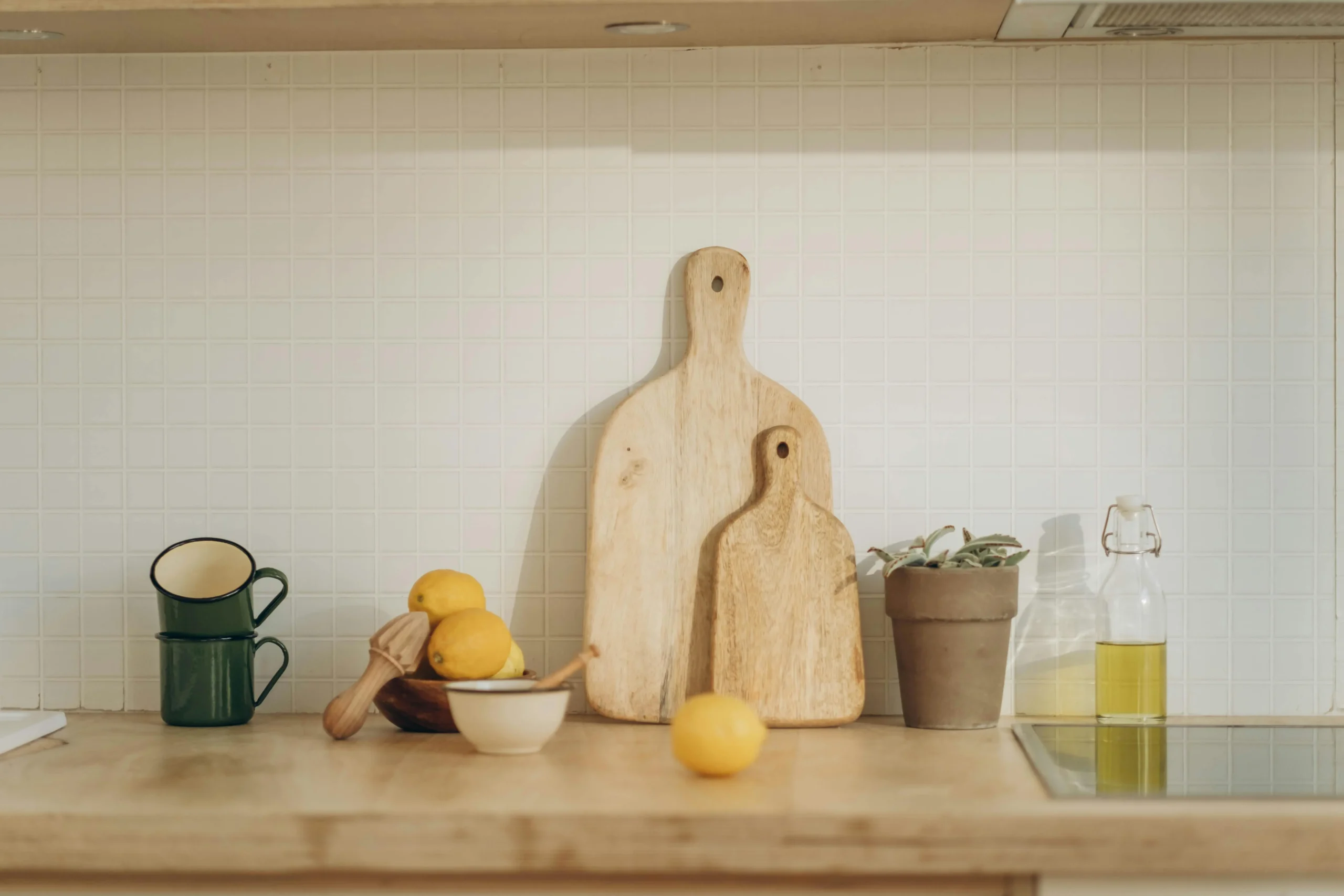Cutting Boards or Chopping Boards are the boards on which we use to place some vegetables or fruits for cutting. It helps a lot in the cutting things easily. In this article, we will guide you what is the best wood for cutting boards.
Are All Wooden Cutting Boards Safe?
The last thing any chef wants in their kitchen is something that could harm someone. That’s why the number one priority when choosing natural products of any kind—cutting boards, wooden utensils, pottery, stoneware, etc.—is that they are safe and non-toxic.
When it comes to wooden objects like cutting boards, a good rule of thumb is to ask if the trees they come from have edible fruits. Fruit and nut trees like walnut, cherry, and beech are good choices, along with the syrup-producing maple.
Best Wood For Cutting Boards
Wood is the best source for cutting boards, Following are the best woods for cutting boards, The best wood for cutting boards include maple, walnut, and cherry, Teak, Beech etc. Runner-ups include teak and acacia. Let’s take a look at why other woods such as pine, cedar, and oak are not appropriate for wooden boards in your kitchen. We’ll also take a brief look at why other materials such as glass, bamboo, marble, and plastic aren’t ideal for cutting boards.
Beech
Beech is an standard option is cutting board business, as it offers safety to food, hardness and a good level of impact resistance. Beech is relatively less expensive but it requires more maintenance and efforts from your side.
This is because, it can shrink easily. That’s why it needs conditioning every month. It is lighter in color, so you need to be more careful with food stains.

Teak
Teak is highly resistant to bacteria, moisture and stains (no wonder it’s been a historical favorite for boats and furniture) thanks to the closed grain. As a cutting board material is highly resistant and undeniably beautiful.
Teak is also able to retain natural oils better and longer than other woods like maple or walnut, and it doesn’t need as much regular oiling or conditioning as cutting boards made of these other materials.
With around 1000 lbf in the Janka hardness test, the silica content in teak makes it hard enough to be sturdy and resistant, but not so hard that it will make your knife dull.
Teak cutting boards show a brown or orange color and this wood is grown in Southeast Asia.
Maple
Maple is the most common material for making wooden cutting boards. A maple cutting board offers the ideal combination of surface hardness and kindness to your kitchen knives. The small pores in maple also prevent bacteria from growing on the surface.
On the downside, maple cutting boards are lighter in color than other woods, so stains are a bit more obvious… Other than that, they’re easy to clean and maintain.
Walnut
Walnut is one the best wood for cutting boards. With a hardness rating of 1,010 lbf, walnut is the softer among the cutting board hardwoods. While the cutting edge of your knife is completely safe with a walnut cutting board; denting, warping or scratching is more likely to occur.
Walnut is still food-safe, and will not need as much conditioning as others on this list. Arguably, walnut’s biggest appeal is its darker tones, which is definitely an advantage for heavy use and busy kitchens.

Woods to avoid in Cutting Boards
As we told you earlier about some best wood for cutting boards, Similarly, there are some woods that should be avoided in cutting boards.
Toxic Woods
Toxic Woods can compromise your health. There are some toxic woods in nature like pine, birch, mahogany, that should not be come in contact with food. If you stick to the woods coming from the trees that produce eatable fruits, then you are safe.
Soft Woods
Soft Woods will quickly develop cut marks all over the surface. Stains too. This is not only a visual turnoff; it also compromises hygiene in food and in the kitchen environment. Soft woods to avoid include balsa, cedar, juniper pine, redwood and spruce.
Conclusion
Cutting Boards play a very vital role in your health. Therefore, it should be proper hygienic, and cleaned. Follow the guidelines mentioned above in choosing best wood for cutting boards.
